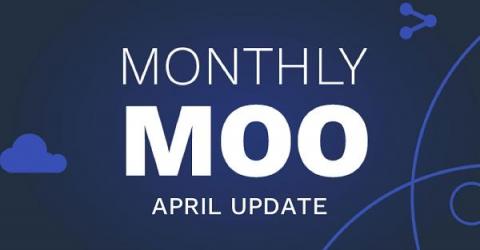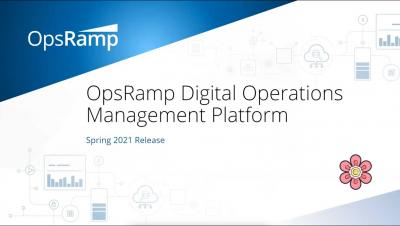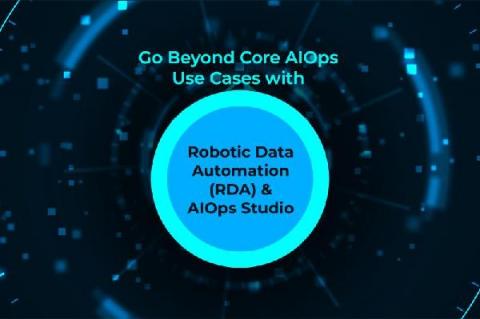Operations | Monitoring | ITSM | DevOps | Cloud
Alerting
Monthly Moo Update | April 2021
I don’t know about you, but April traveled at the speed of light. A blink and it happened. Our teams have been working at the same speed throughout one of our favorite months of the year. With an incredible amount of updates, we’ve made our product even more transparent and easier to use. It’s not just our world-class documentation that enables you, it’s also the in-product visualizations and enablement that help guide you without you even realizing it.
The OpsRamp Spring 2021 Release Webinar
OnPage Recognized in Gartner's Latest Report on CC&C Systems
Gartner’s latest “Quick Answer” report discusses how clinical communication and collaboration (CC&C) systems can enhance pandemic-related provider and patient engagement. Modern healthcare delivery organizations (HDO) invest in CC&C solutions to simplify communication among care teams consisting of physicians, nurses and critical support personnel. The OnPage team is pleased to be recognized as a vendor in Gartner’s latest CC&C publication.
Domain-agnostic and here to stay: Gartner outlines the current state and future of AIOps
Coined by Gartner in 2016, the term ‘AIOps’ refers to the combining of big data AI and machine learning to automate and improve IT operations processes. Back then, this very broad definition led to some confusion, with different IT vendors characterizing AIOps differently, depending on what they were actually offering.
OnPage Showcased as One of Massachusetts' Top Messaging and Communication Companies
Cutting-edge messaging systems simplify communication and collaboration for organizations with complex communication needs. These systems are equipped with secure mobile messaging and a full suite of automation capabilities that can route notifications and voice calls across on-call teams. These platforms simplify on-call management through digital on-call schedules and escalation policies.
Automatically create and manage Kubernetes alerts with Datadog
Kubernetes enables teams to deploy and manage their own services, but this can lead to gaps in visibility as different teams create systems with varying configurations and resources. Without an established method for provisioning infrastructure, keeping track of these services becomes more challenging. Implementing infrastructure as code solves this problem by optimizing the process for provisioning and updating production-ready resources.
Go Beyond Core AIOps Use Cases with Robotic Data Automation (RDA) and AIOps Studio
4 Major Capabilities of Automated Incident Management
Automated incident management ensures that critical events are detected, addressed and resolved in a fast, efficient manner. Automation allows incident management tools to integrate with each other and fosters instant communication across the systems. Automation tears down barriers across IT operations (ITOps) teams and ensures all departments are on the same page. Teams gain full visibility into incident status to verify that incidents are addressed by the relevant groups.









